Home>Home Appliances>Lighting Appliances>How To Remove A Flush Mount Ceiling Light
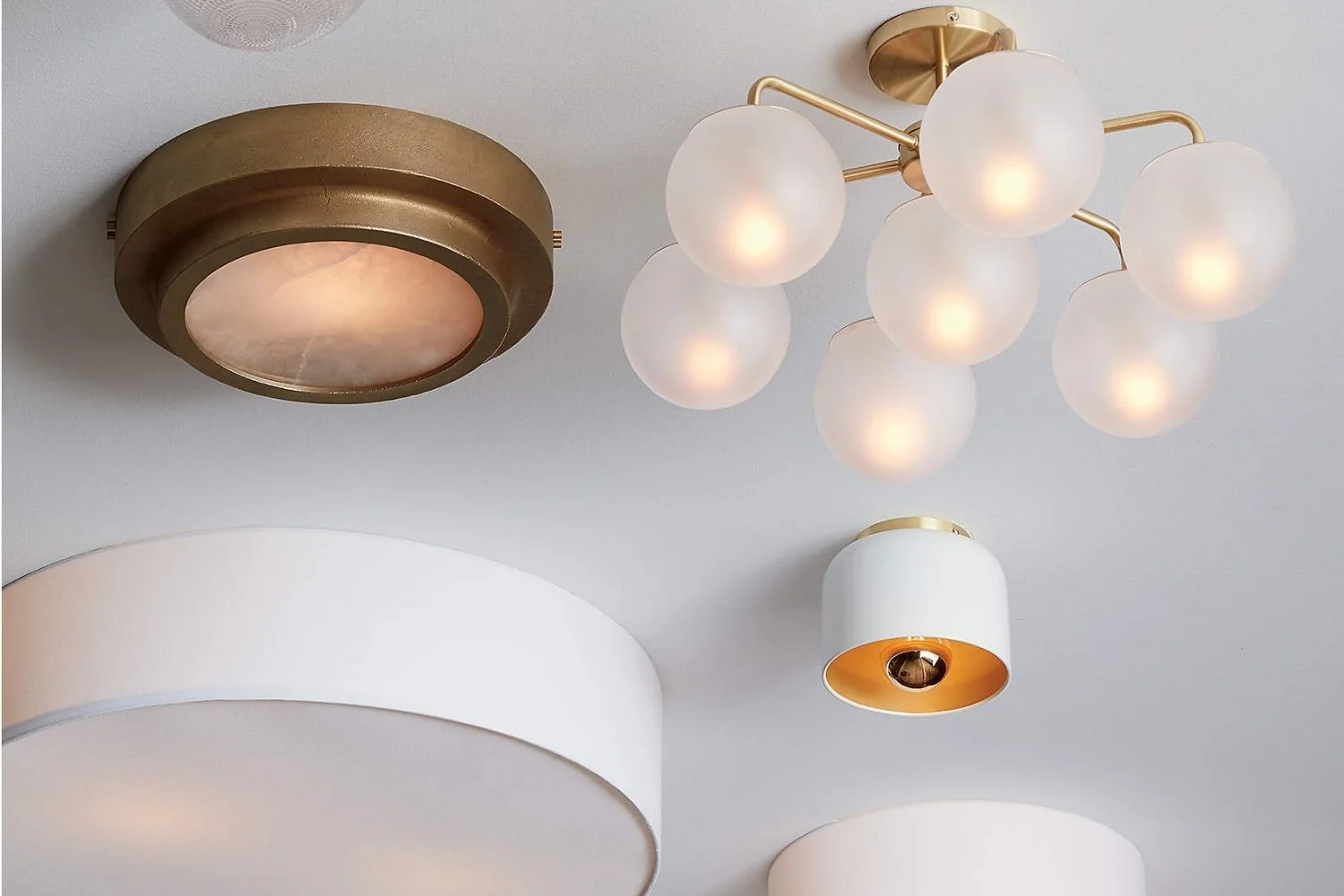

Lighting Appliances
How To Remove A Flush Mount Ceiling Light
Modified: March 24, 2024
Learn how to safely remove a flush mount ceiling light with our step-by-step guide. Upgrade your lighting appliances with ease.
(Many of the links in this article redirect to a specific reviewed product. Your purchase of these products through affiliate links helps to generate commission for Storables.com, at no extra cost. Learn more)
Introduction
Removing a flush mount ceiling light may seem like a daunting task, but with the right guidance and a bit of know-how, it can be a straightforward and rewarding DIY project. Whether you're looking to upgrade your lighting fixture or simply need to replace a malfunctioning one, understanding the step-by-step process is essential for a successful outcome.
In this comprehensive guide, we will walk you through the process of removing a flush mount ceiling light in a safe and efficient manner. By following these instructions, you can ensure that the task is completed with precision and without any mishaps. Before diving into the removal process, it's important to gather the necessary tools and take the appropriate safety precautions to avoid any potential hazards.
With a clear understanding of the steps involved, you'll be equipped to tackle this project with confidence. So, let's roll up our sleeves and delve into the process of removing a flush mount ceiling light, empowering you to enhance the ambiance of your living space with a new and improved lighting fixture.
Key Takeaways:
- Safety first! Always turn off the power before removing a flush mount ceiling light to avoid electrical shock. Use a non-contact voltage tester for added assurance.
- Carefully follow the steps to remove the old fixture and install the new flush mount ceiling light for a seamless and rewarding DIY project.
Read more: How To Remove Flush Mount Ceiling Light
Step 1: Turn off the power
Before embarking on the task of removing a flush mount ceiling light, it is crucial to prioritize safety by turning off the power supply to the fixture. This step is paramount to prevent the risk of electrical shock and ensure a secure working environment.
To begin, locate the circuit breaker or fuse box in your home. It is typically situated in the basement, garage, or a utility room. Once you have identified the circuit breaker panel, carefully open the door to reveal the array of switches or fuses. Take a moment to familiarize yourself with the layout, ensuring that you can easily identify the switch or fuse corresponding to the ceiling light fixture.
Next, switch off the circuit breaker that controls the power supply to the ceiling light. If your home is equipped with a fuse box, carefully remove the fuse linked to the light fixture and set it aside in a safe place. This action effectively cuts off the electricity flowing to the fixture, rendering it safe to proceed with the removal process.
To verify that the power has been successfully turned off, it is advisable to use a non-contact voltage tester. This handy tool can be used to confirm the absence of electrical current in the wires connected to the ceiling light. Simply hold the tester close to the wires to ensure that no voltage is detected, providing an added layer of assurance before commencing the removal process.
By diligently following this initial step and taking the necessary precautions to deactivate the power supply, you can proceed with the subsequent steps of removing the flush mount ceiling light with confidence and peace of mind. This proactive approach to safety sets the stage for a smooth and secure removal process, laying the groundwork for a successful transition to a new lighting fixture.
Remember, safety should always be the top priority when working with electrical components, and taking the time to turn off the power is a fundamental step in ensuring a risk-free environment for the task at hand.
Step 2: Remove the light bulb cover
The next step in the process of removing a flush mount ceiling light involves the careful removal of the light bulb cover. This component not only shields the light bulb but also contributes to the overall aesthetic of the fixture. By following these detailed instructions, you can effectively detach the light bulb cover without causing any damage to the fixture or the surrounding area.
-
Assess the Fastening Mechanism: Begin by examining the light bulb cover to identify the method used to secure it in place. In most cases, the cover is held in position by screws, clips, or a twist-lock mechanism. Understanding the specific fastening mechanism will guide you in the appropriate removal technique.
-
Unscrew or Release Fasteners: If the light bulb cover is secured with screws, utilize a suitable screwdriver to carefully loosen and remove them. Ensure that the screws are placed in a secure location to prevent misplacement. Alternatively, if the cover is held in place by clips, gently press or release the clips to disengage the cover from the fixture. In the case of a twist-lock mechanism, carefully rotate the cover in the designated direction to unlock and detach it from the fixture.
-
Handle with Care: Once the fasteners are disengaged, handle the light bulb cover with caution to prevent any accidental damage. It's essential to maintain a firm grip on the cover while ensuring that it is delicately maneuvered to avoid any undue pressure on the fixture or the light bulb.
-
Inspect for Additional Attachments: In some instances, the light bulb cover may have additional attachments, such as decorative finials or embellishments. Take a moment to inspect the cover for any supplementary elements that may require detachment before the cover can be fully removed.
-
Gently Remove the Cover: With the fasteners released and any additional attachments removed, gently lift the light bulb cover away from the fixture. Exercise patience and precision to avoid any abrupt movements that could potentially cause damage to the cover or the fixture.
By meticulously following these steps, you can successfully remove the light bulb cover from the flush mount ceiling light, paving the way for the subsequent stages of the removal process. This careful approach ensures that the cover is detached smoothly and without any unintended consequences, setting the stage for the seamless transition to a new lighting fixture.
Step 3: Unscrew the mounting screws
With the light bulb cover successfully removed, the next pivotal step in the process of removing a flush mount ceiling light involves unscrewing the mounting screws that secure the fixture to the ceiling. This step is essential for safely detaching the fixture from its mounting bracket and preparing it for disconnection from the electrical wiring.
To effectively unscrew the mounting screws, follow these detailed instructions:
-
Locate the Mounting Screws: Carefully inspect the perimeter of the flush mount ceiling light to identify the location of the mounting screws. These screws are typically situated at strategic points around the base of the fixture, serving to secure it to the mounting bracket attached to the ceiling.
-
Select the Appropriate Tool: Depending on the type of screws used, choose a suitable screwdriver or power tool that matches the screw head. It is crucial to use the correct tool to avoid damaging the screw heads, which could impede the removal process and potentially complicate the installation of a new fixture.
-
Steady Support: Before initiating the unscrewing process, it is advisable to provide support for the fixture with one hand while using the other hand to manipulate the screwdriver. This approach ensures stability and minimizes any unnecessary movement of the fixture during the removal of the mounting screws.
-
Gradual Unscrewing: With the chosen tool in hand, carefully position the screwdriver or power tool on the head of the first mounting screw. Apply steady and controlled force in a counterclockwise direction to gradually loosen and remove the screw. Exercise patience and avoid applying excessive pressure to prevent any damage to the screw or the fixture.
-
Repeat the Process: Once the first mounting screw is removed, proceed to unscrew the remaining screws in a systematic manner. It is important to maintain a consistent and deliberate approach, ensuring that each screw is fully disengaged from the mounting bracket before moving on to the next one.
-
Secure the Screws: As each mounting screw is removed, place it in a designated container or secure location to prevent misplacement. Keeping the screws organized facilitates the reinstallation process or the installation of a new fixture, streamlining the overall transition.
By meticulously following these steps, you can effectively unscrew the mounting screws and detach the flush mount ceiling light from its mounting bracket. This pivotal stage sets the groundwork for the subsequent steps, including the disconnection of the electrical wiring and the removal of the old fixture. With precision and attention to detail, this process can be executed smoothly, paving the way for the installation of a new and improved lighting fixture.
Before removing a flush mount ceiling light, make sure to turn off the power at the circuit breaker. Use a ladder to reach the light, then remove the screws or bolts holding the fixture in place. Gently lower the fixture and disconnect the wires. Be sure to have someone help if the fixture is heavy.
Step 4: Disconnect the wires
As you progress through the process of removing a flush mount ceiling light, the next critical step involves disconnecting the electrical wires that supply power to the fixture. This step is fundamental in ensuring a safe and seamless transition from the old fixture to a new one. By carefully following these detailed instructions, you can effectively disconnect the wires with precision and confidence.
-
Identify the Wiring Configuration: Before proceeding with the disconnection of the wires, it is essential to understand the wiring configuration of the existing fixture. Typically, you will encounter three primary wires: black (hot), white (neutral), and green or bare (ground). Familiarizing yourself with the color-coding and placement of these wires will guide you in the disconnection process.
-
Turn Off the Power: Prior to handling the electrical wires, reiterate the importance of safety by ensuring that the power supply to the fixture is turned off. Double-check the circuit breaker or fuse box to confirm that the electricity to the fixture has been deactivated. Using a non-contact voltage tester at this stage can provide an additional layer of assurance by verifying the absence of electrical current in the wires.
-
Support the Fixture: To facilitate the disconnection process, provide support for the fixture with one hand while using the other hand to work with the wires. This approach ensures stability and minimizes any unnecessary movement of the fixture during the wire disconnection.
-
Remove Wire Nuts: Carefully unscrew the wire nuts that secure the black, white, and green (or bare) wires together. These wire nuts are designed to fasten the wires and facilitate electrical connections. Utilize a gentle twisting motion to loosen and remove the wire nuts, ensuring that each wire is released from its respective connection.
-
Separate the Wires: Once the wire nuts are removed, gently separate the black, white, and green (or bare) wires from their connections. Exercise caution to prevent any undue strain on the wires or the fixture. It is crucial to handle the wires delicately to avoid any damage or accidental dislodging of the connections.
-
Cap the Exposed Wires: After the wires are disconnected, it is advisable to cap the exposed ends of each wire with wire nuts or electrical tape. This precautionary measure safeguards against accidental contact with live wires and mitigates the risk of electrical hazards during the subsequent steps of the removal process.
By meticulously following these steps, you can effectively disconnect the electrical wires from the flush mount ceiling light, preparing the fixture for safe removal. This meticulous approach ensures that the disconnection process is executed with precision and care, setting the stage for the seamless transition to a new lighting fixture.
Read more: What Is A Flush Mount Ceiling Light
Step 5: Remove the old fixture
With the electrical wires safely disconnected and the mounting screws removed, the time has come to remove the old flush mount ceiling light fixture. This pivotal step marks the transition from the existing fixture to a new and improved lighting element, and it is essential to approach this process with precision and attention to detail.
To effectively remove the old fixture, follow these detailed instructions:
-
Secure the Fixture: Before proceeding with the removal, ensure that the fixture is adequately supported to prevent any unexpected movement or potential damage. Gently hold the fixture with one hand while using the other hand to manipulate the mounting bracket or base, maintaining a steady and controlled approach.
-
Lift and Detach: With the fixture securely supported, carefully lift it away from the mounting bracket. Exercise caution to avoid any abrupt movements that could lead to damage or dislodging of the bracket. It is essential to handle the fixture with care, especially if it is bulky or contains delicate components.
-
Inspect for Additional Attachments: As the fixture is being lifted, take a moment to inspect the area for any concealed attachments or supplementary elements that may require detachment. This could include decorative embellishments, support braces, or any additional fixtures connected to the main assembly.
-
Set Aside Securely: Once the fixture is fully detached from the mounting bracket, place it in a secure location away from the work area. This precautionary measure ensures that the old fixture does not pose any obstructions or safety hazards during the subsequent steps of the installation process.
By meticulously following these steps, you can successfully remove the old flush mount ceiling light fixture, clearing the way for the installation of a new lighting element. This careful approach ensures that the removal process is executed smoothly and without any unintended consequences, setting the stage for the seamless transition to a new and improved lighting fixture.
With the old fixture safely removed, you are now prepared to embark on the final step of the process: installing the new flush mount ceiling light. This exciting phase marks the culmination of the removal process and sets the stage for the introduction of a fresh and enhanced lighting fixture, elevating the ambiance and functionality of your living space.
Step 6: Install the new fixture
With the old flush mount ceiling light successfully removed, the installation of a new fixture marks the exciting culmination of the removal process. This pivotal step involves seamlessly integrating the new lighting element into the existing space, enhancing the ambiance and functionality of the room. By following these detailed instructions, you can effectively install the new flush mount ceiling light with precision and confidence.
-
Prepare the Mounting Bracket: Begin by ensuring that the mounting bracket attached to the ceiling is in optimal condition to support the new fixture. Inspect the bracket for any signs of damage or wear, and make any necessary adjustments to ensure a secure and stable foundation for the installation.
-
Connect the Electrical Wires: Carefully guide the electrical wires of the new fixture through the center of the mounting bracket. Match the corresponding wires – black to black (hot), white to white (neutral), and green or bare to the grounding wire. Securely fasten the wires together using wire nuts, ensuring a snug and reliable connection.
-
Align the Fixture: Position the new flush mount ceiling light over the mounting bracket, aligning it with the screw holes on the bracket. Ensure that the fixture is centered and level, providing a balanced and aesthetically pleasing orientation within the space.
-
Secure with Mounting Screws: With the fixture aligned and in position, insert the mounting screws through the designated holes on the fixture and tighten them into the mounting bracket. Exercise caution to avoid over-tightening the screws, as this could lead to damage or misalignment of the fixture.
-
Attach the Light Bulb Cover: Once the fixture is securely fastened to the mounting bracket, proceed to attach the light bulb cover. Utilize the appropriate fastening mechanism – screws, clips, or a twist-lock mechanism – to secure the cover in place, ensuring a snug and uniform fit over the light bulbs.
-
Turn on the Power: With the new flush mount ceiling light successfully installed, restore the power supply to the fixture by switching on the circuit breaker or replacing the fuse. Verify that the light functions as intended, illuminating the space with a renewed radiance and enhancing the overall ambiance.
By meticulously following these steps, you can seamlessly install the new flush mount ceiling light, elevating the aesthetic appeal and functionality of the room. This meticulous approach ensures that the installation process is executed with precision and care, culminating in the successful integration of a new and improved lighting fixture.
Conclusion
In conclusion, the process of removing a flush mount ceiling light encompasses a series of meticulous steps that culminate in the successful transition from an old fixture to a new and improved lighting element. By adhering to the detailed instructions outlined in this guide, individuals can confidently undertake this DIY project, enhancing the ambiance and functionality of their living space.
The journey begins with the crucial step of turning off the power supply to the fixture, prioritizing safety and creating a secure working environment. This proactive approach sets the stage for the subsequent steps, including the careful removal of the light bulb cover, unscrewing the mounting screws, and disconnecting the electrical wires. Each of these stages demands precision and attention to detail, ensuring a smooth and risk-free removal process.
As the old fixture is gently lifted away from the mounting bracket, the transition to a new flush mount ceiling light becomes imminent. The installation of the new fixture represents the culmination of the removal process, marking an exciting phase of seamlessly integrating the enhanced lighting element into the existing space.
Throughout this journey, safety remains paramount, and a methodical approach is essential to achieving a successful outcome. By following the step-by-step instructions and exercising caution at each stage, individuals can navigate the removal process with confidence and precision.
Ultimately, the successful removal and installation of a flush mount ceiling light empower individuals to revitalize their living space, infusing it with renewed radiance and functionality. Whether it's a simple upgrade or a necessary replacement, this DIY project offers a rewarding opportunity to enhance the ambiance and visual appeal of any room.
With the new flush mount ceiling light in place, the space is transformed, radiating a fresh and inviting atmosphere. The culmination of this process not only signifies the successful completion of a DIY endeavor but also symbolizes the beginning of a revitalized living space, illuminated by the charm and functionality of a new lighting fixture.
Frequently Asked Questions about How To Remove A Flush Mount Ceiling Light
Was this page helpful?
At Storables.com, we guarantee accurate and reliable information. Our content, validated by Expert Board Contributors, is crafted following stringent Editorial Policies. We're committed to providing you with well-researched, expert-backed insights for all your informational needs.
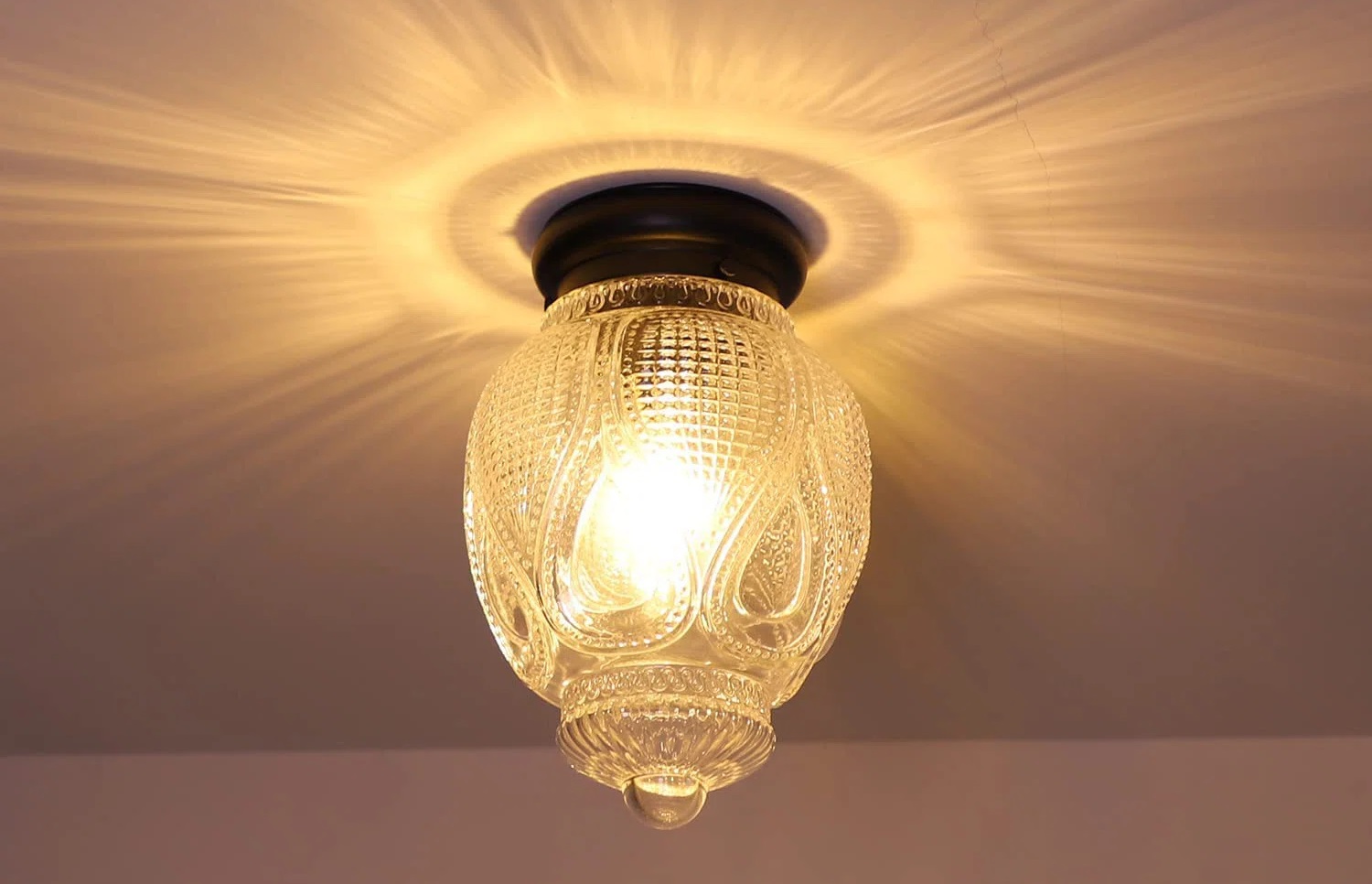
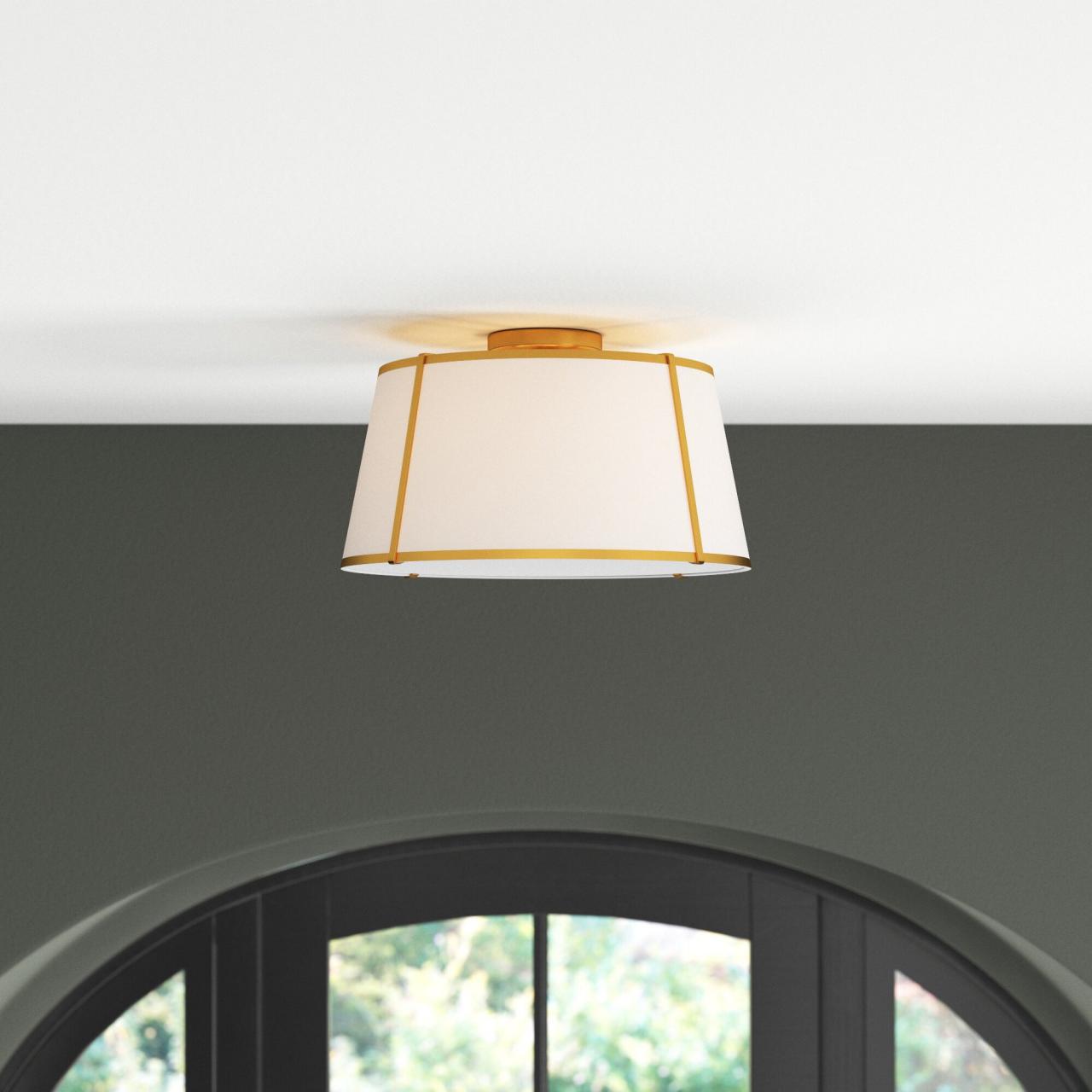
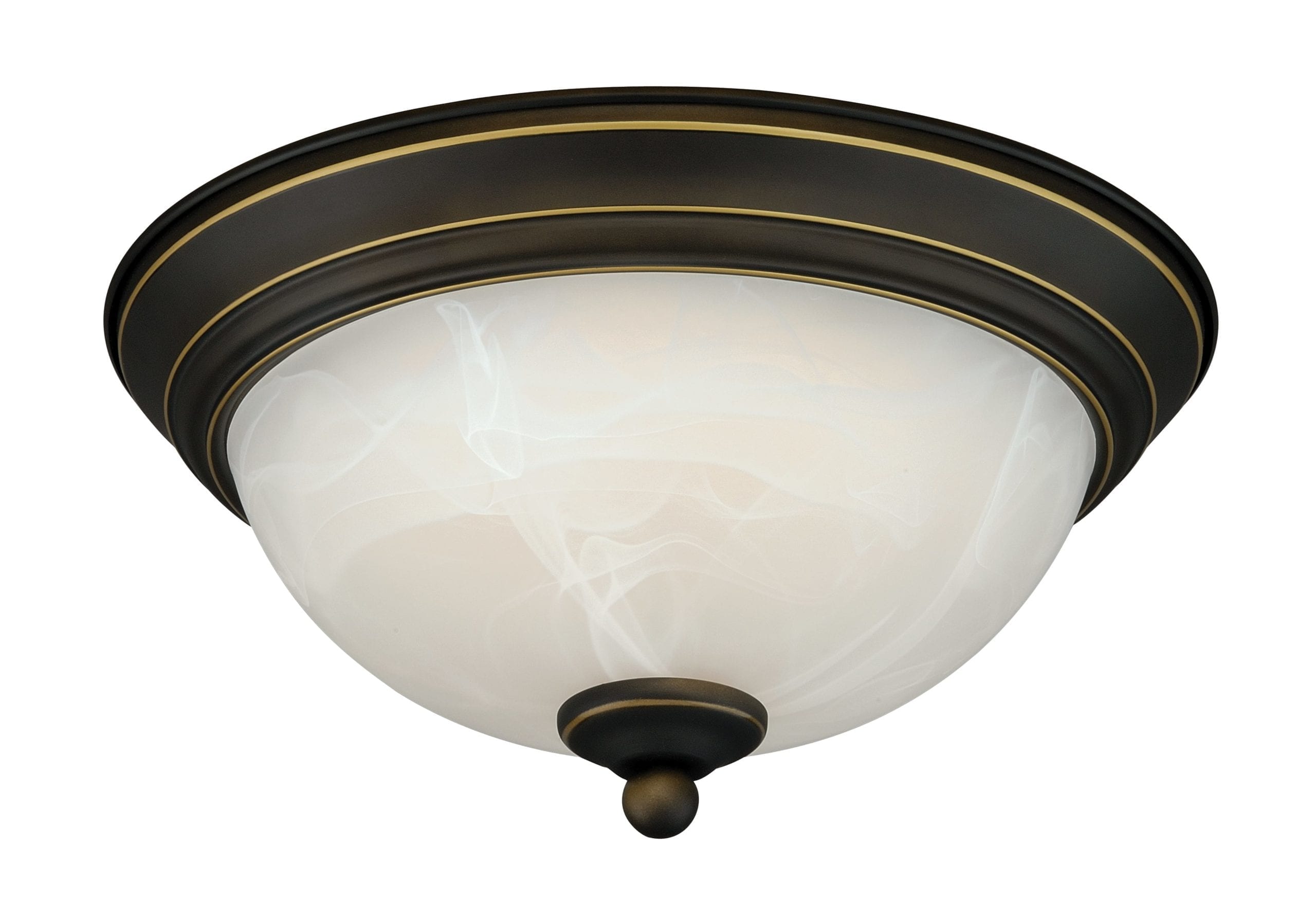
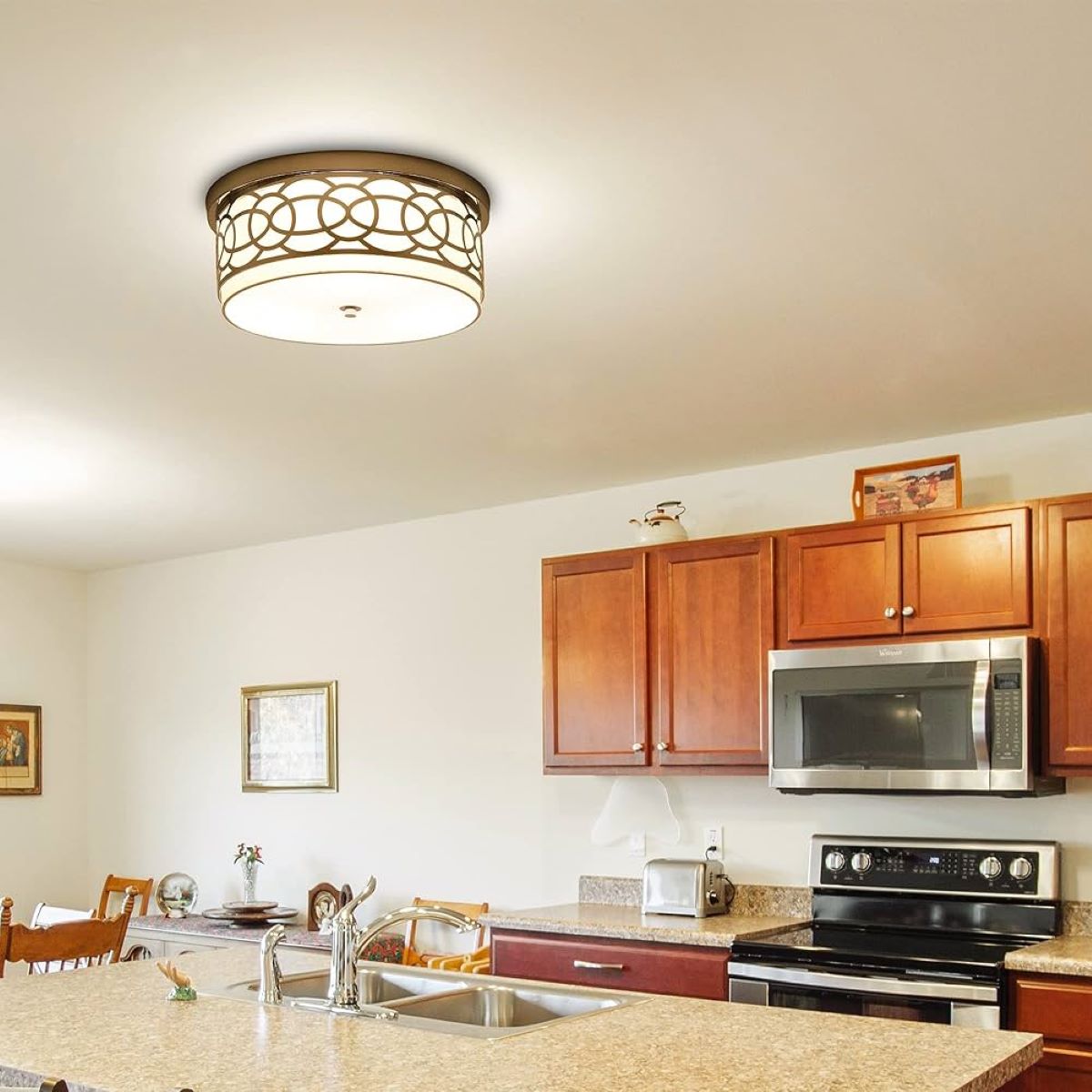
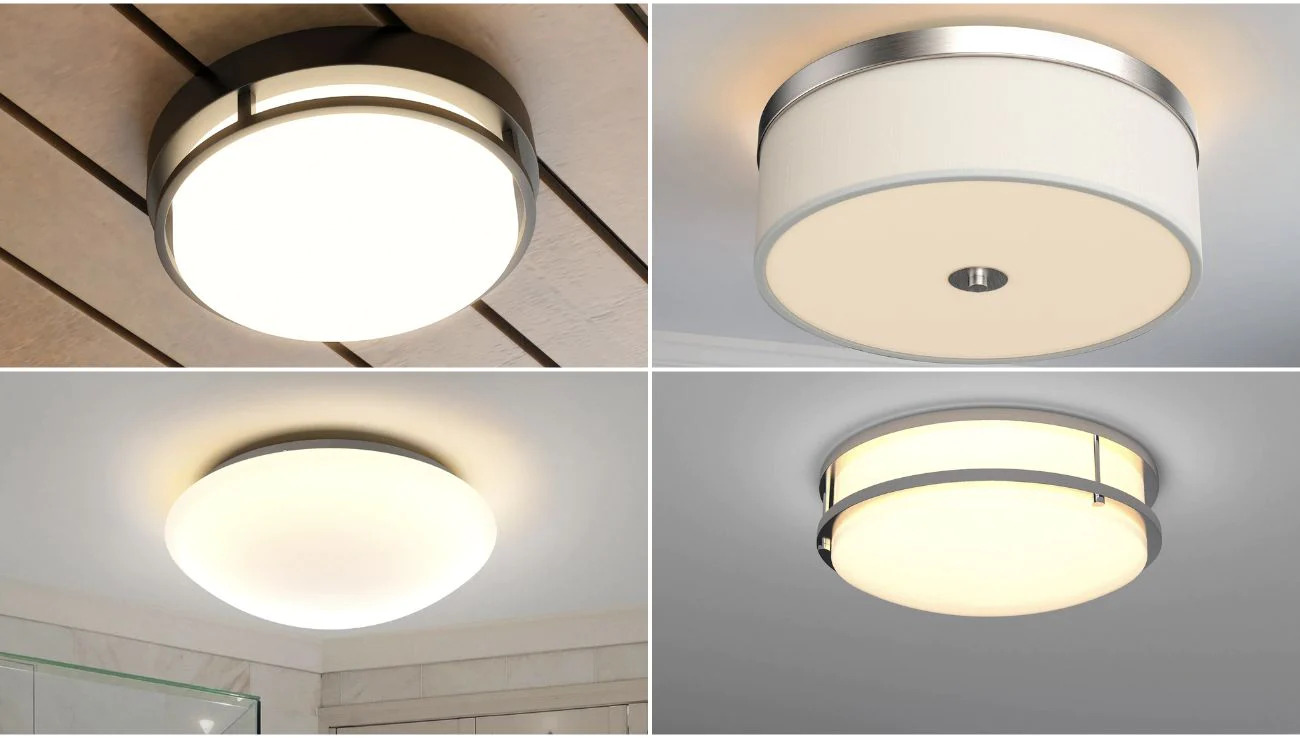

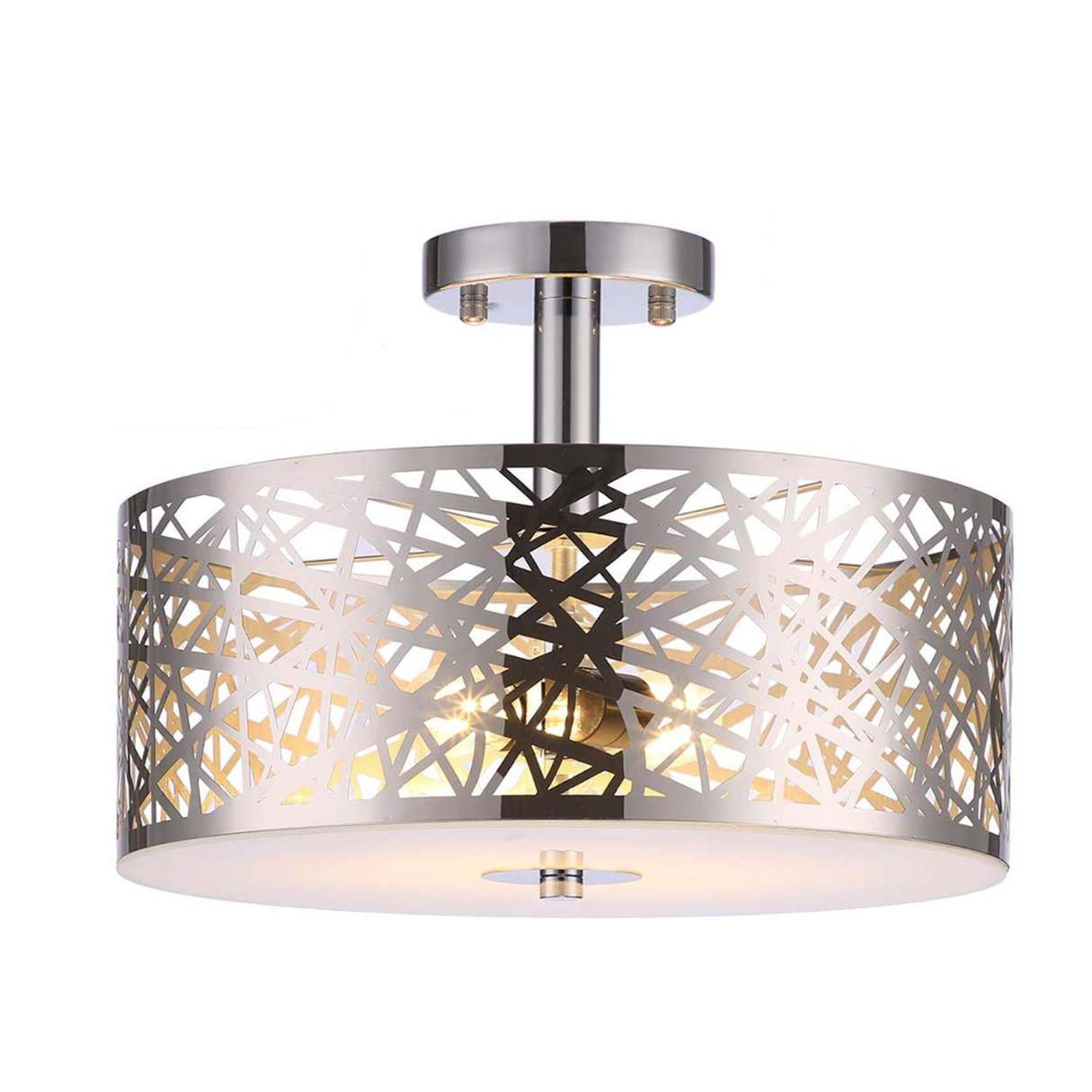
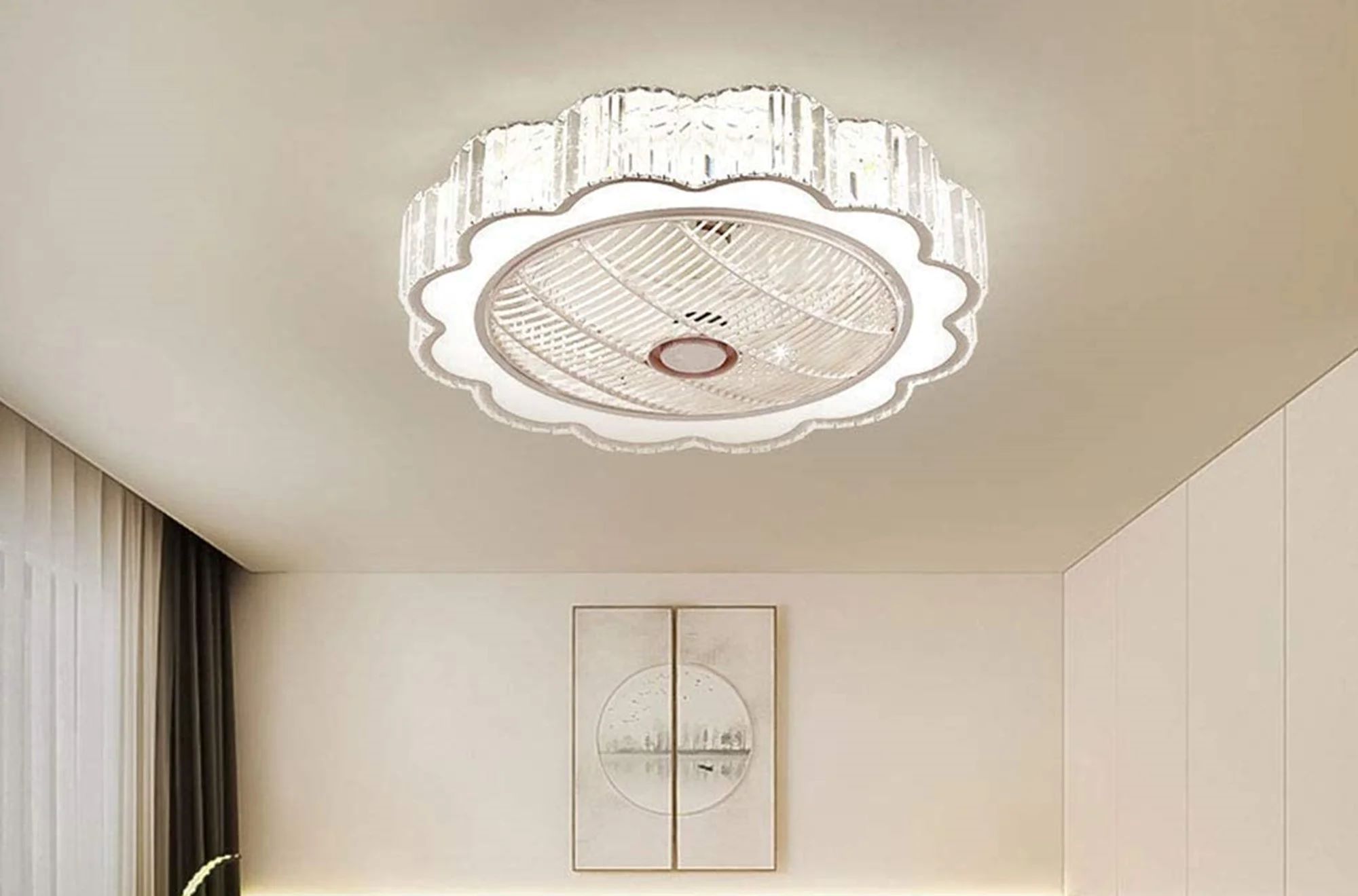
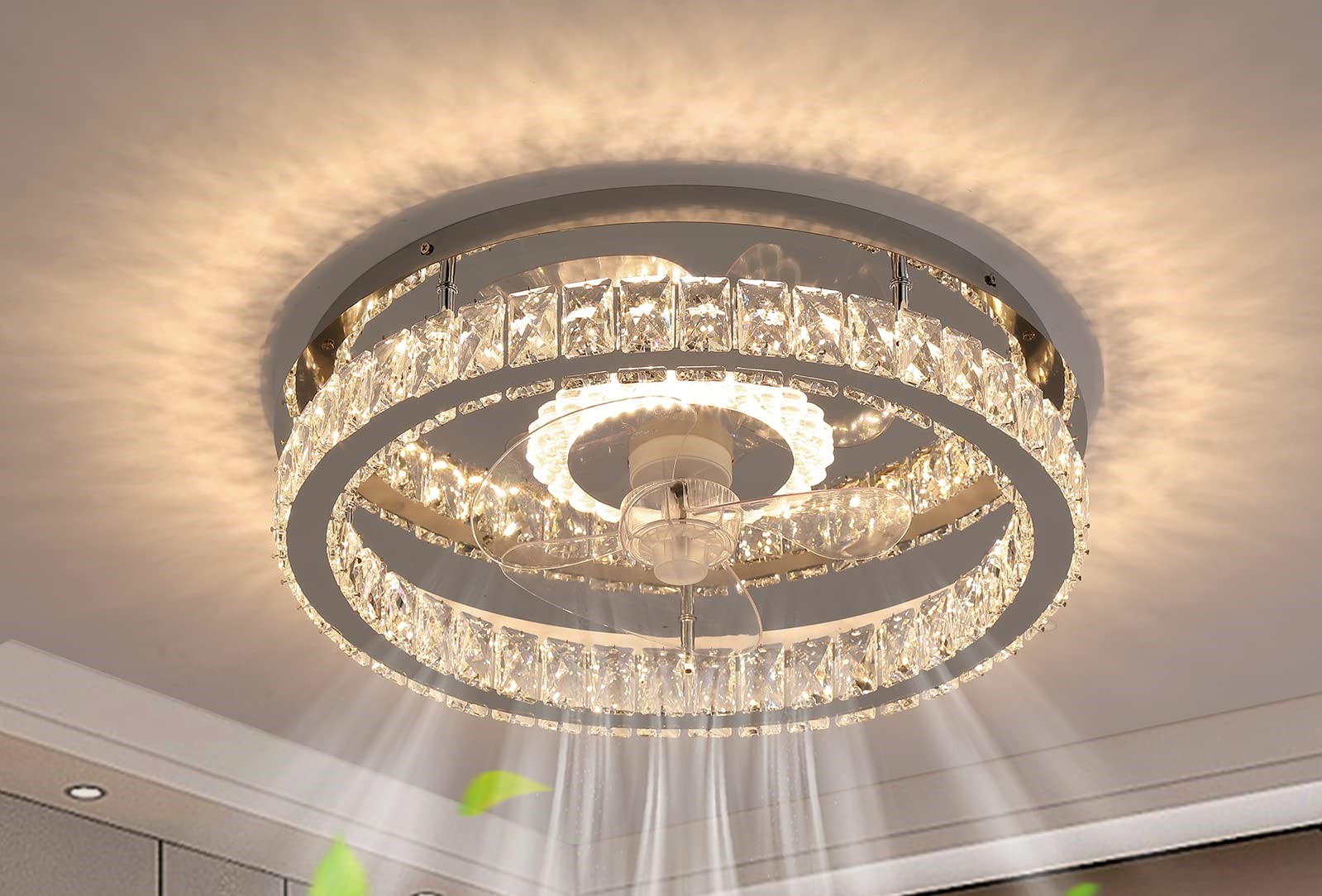
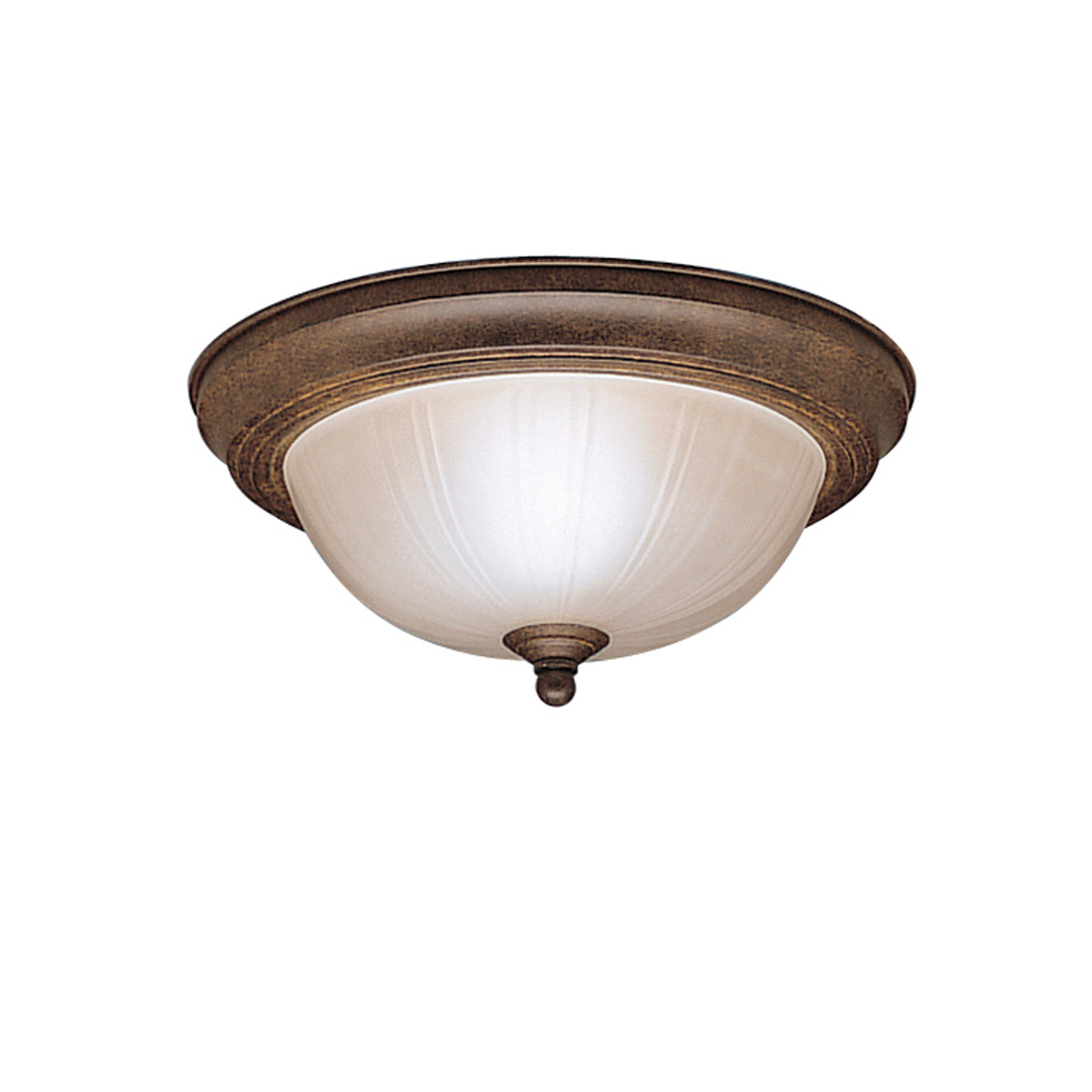
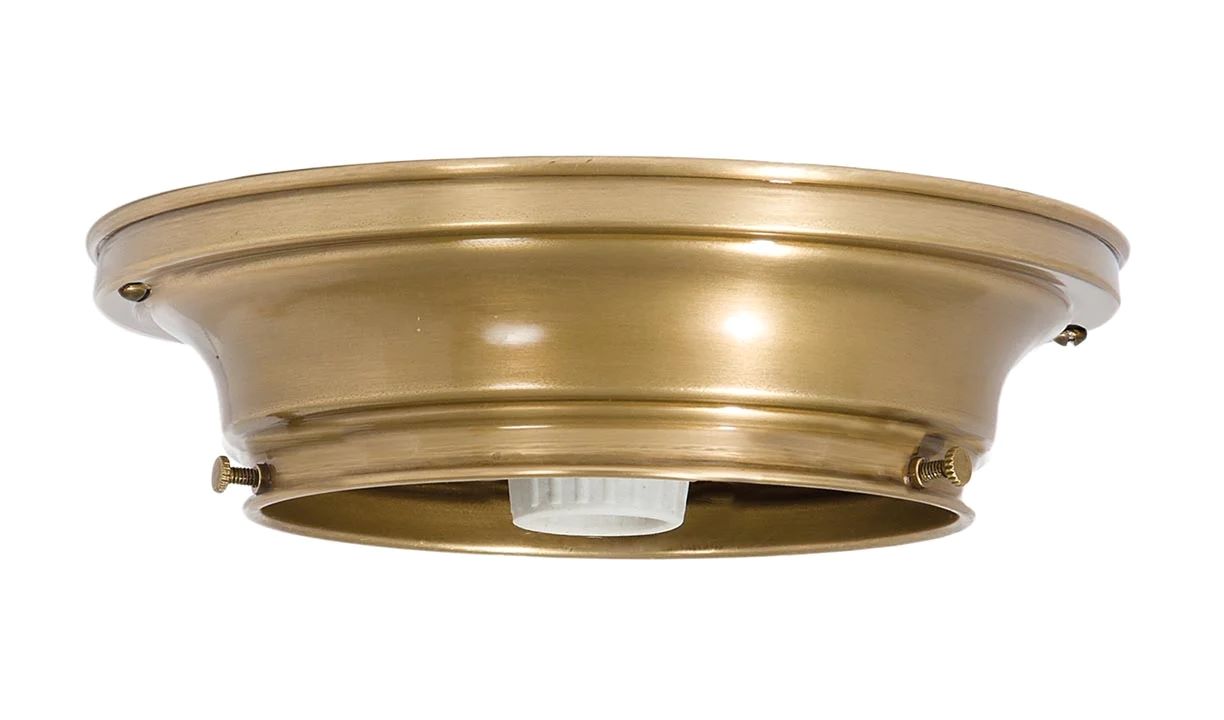

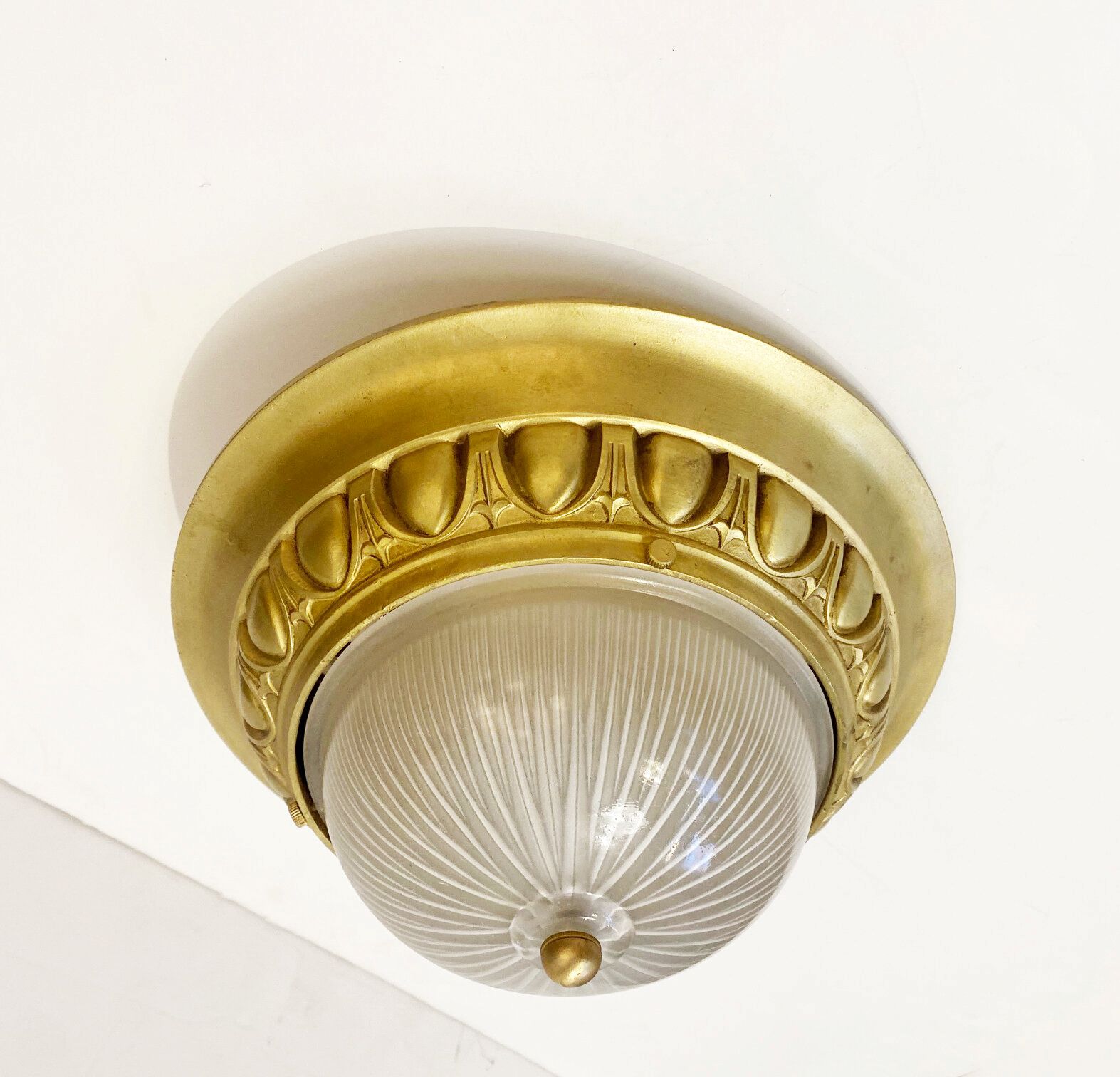
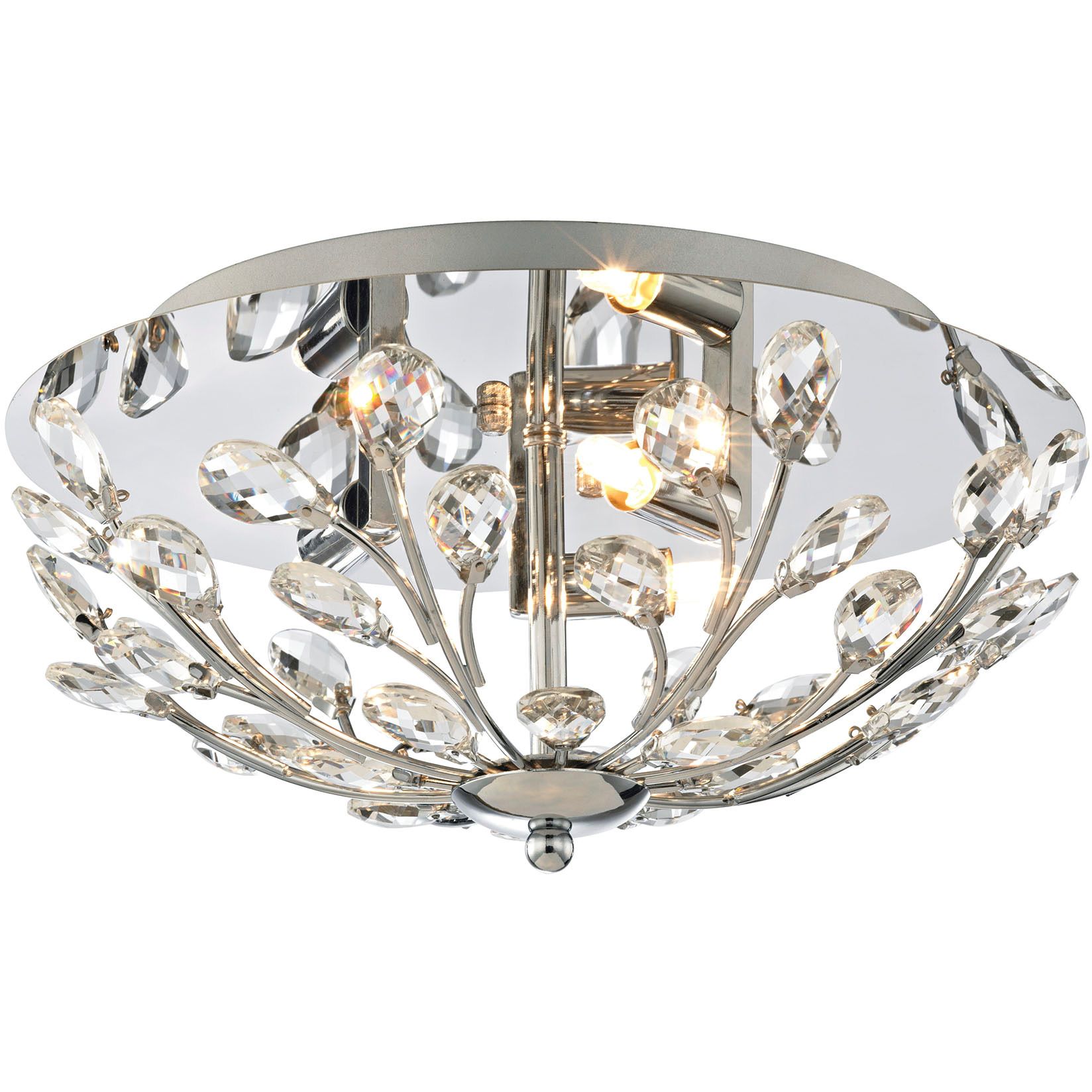

0 thoughts on “How To Remove A Flush Mount Ceiling Light”